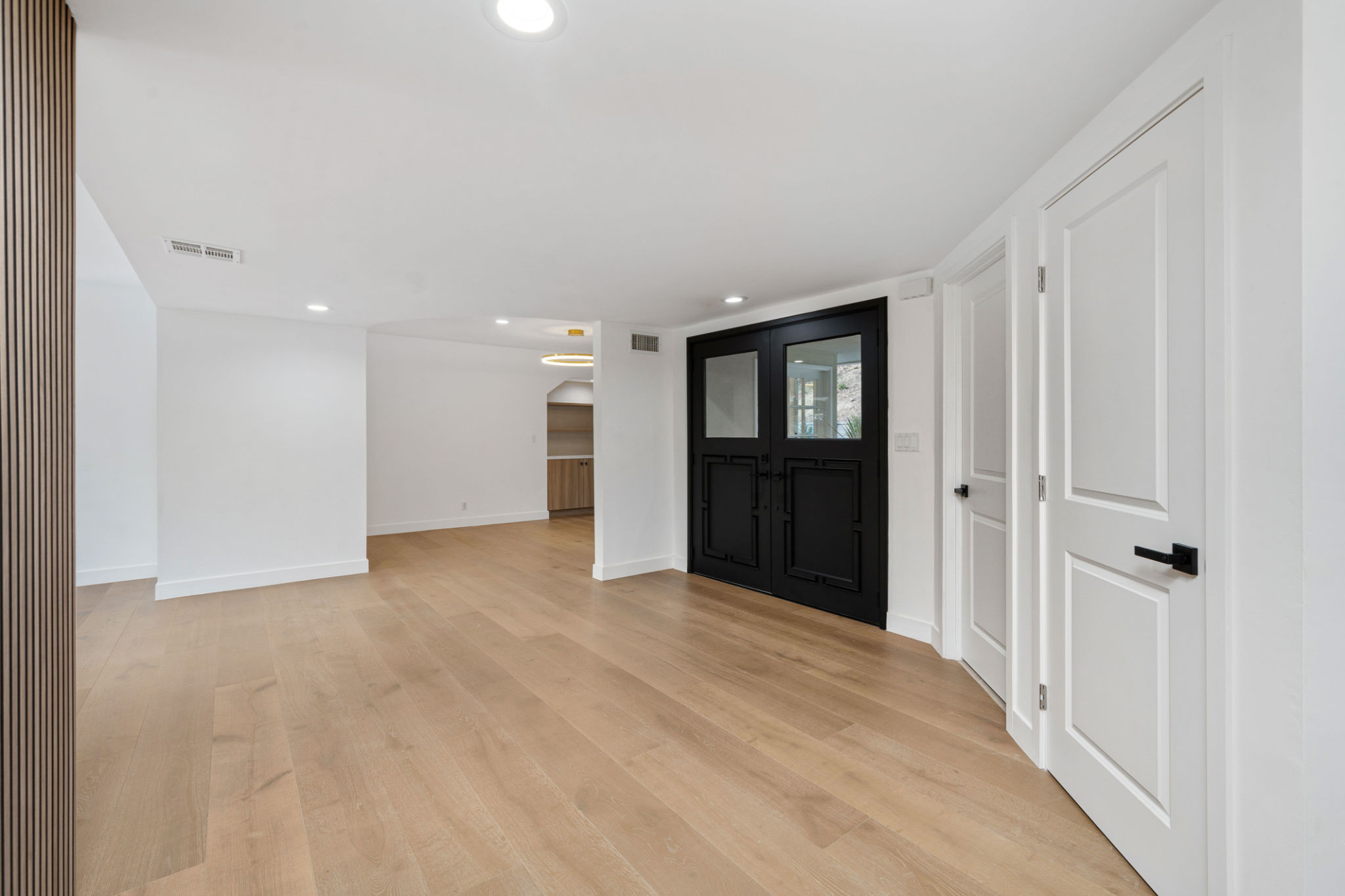How Weather Affects Your Flooring Choice: A Regional Guide
Understanding the Impact of Weather on Flooring
When choosing flooring for your home, one often overlooked factor is the regional climate. Weather conditions can significantly impact the longevity and performance of your flooring. Understanding how different climates affect various flooring options can help you make an informed decision that will save you time and money in the long run.
From humidity to temperature variations, the weather plays a critical role in determining which flooring materials are best suited for your area. By considering these factors, you can select flooring that not only complements your style but also withstands the environmental challenges specific to your region.

Cold Climates: Durability and Insulation
In colder regions, such as the northern United States or Canada, flooring needs to provide insulation and withstand lower temperatures. Materials like hardwood and carpet are popular choices due to their natural insulating properties. Hardwood offers a classic look and can retain warmth, making it a cozy option for colder months.
Carpet is another excellent choice for cold climates, offering comfort and warmth underfoot. It acts as an additional layer of insulation, helping to keep heating costs down. However, it's essential to consider the quality of the carpet and its resistance to moisture, as snow and ice can introduce dampness into your home.

Managing Moisture
For regions with significant snowfall or rain, moisture management is crucial to prevent damage. Engineered wood flooring, with its moisture-resistant properties, can be a suitable alternative to traditional hardwood. Additionally, using area rugs or mats at entry points can help reduce moisture exposure from outdoor elements.
Hot and Humid Climates: Resilience and Breathability
In hot and humid areas, such as the southern United States or tropical climates, selecting flooring that withstands high humidity levels is essential. Materials like tile and luxury vinyl are well-suited for these conditions due to their resistance to moisture and heat.
Tile flooring, particularly ceramic or porcelain, offers durability and cooling properties that make it ideal for warm climates. Its ability to resist water damage is particularly advantageous in areas prone to high humidity levels. Luxury vinyl is another excellent option, providing a similar aesthetic to hardwood while being more resistant to warping or swelling.

Combating Heat
For those living in extremely hot climates, opting for lighter-colored flooring can help reflect heat and keep indoor temperatures down. Light-colored tiles or vinyl can provide a cooling effect, making your living space more comfortable during scorching summer months.
Moderate Climates: Versatility and Aesthetics
Regions with moderate climates offer more flexibility in flooring choices. Homeowners can focus more on aesthetics and personal preference rather than the constraints posed by extreme weather conditions. In such areas, options like laminate or bamboo flooring are popular due to their balance of style and functionality.
Laminate flooring is versatile and available in various designs, allowing homeowners to mimic the appearance of more expensive materials without breaking the bank. Bamboo flooring offers an eco-friendly alternative with a unique look that suits a variety of interior styles.

Balancing Functionality
While moderate climates provide more freedom in selection, it's still essential to consider factors like foot traffic and maintenance when choosing your flooring. Opt for materials that offer durability without compromising on style to ensure your floors remain beautiful and functional for years to come.
